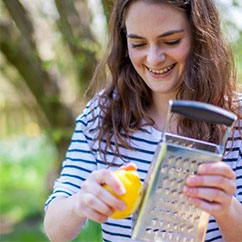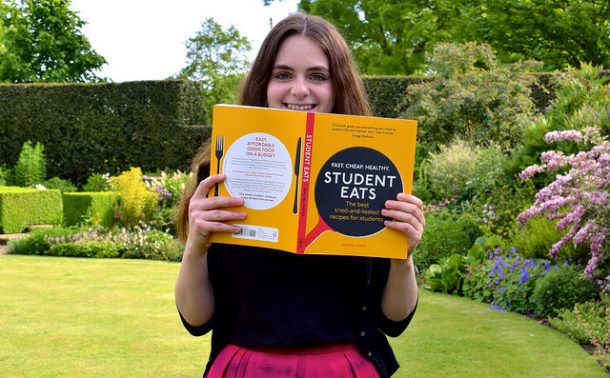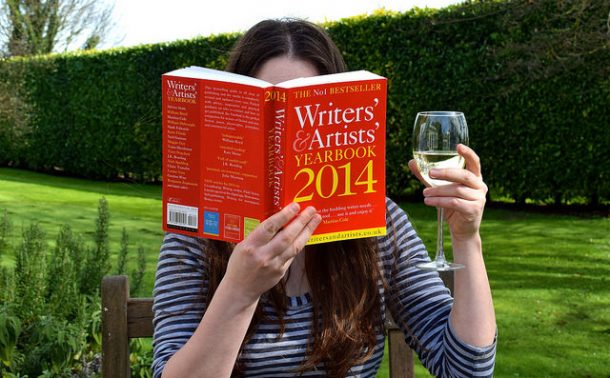What Writing A Cookbook *Actually* Involves
The most common question I get asked when people find out I’ve written a book is not about the money I got paid to write Student Eats, or what qualifications I had to write a book: they asked how long the book took to write. So, for the third instalment of my posts about how this book now sitting on my bookshelf (and hopefully on yours this time next month!) came to be, I thought I’d delve into the actual process: what writing a cookbook *actually* involves. If you’ve missed them, click through for my posts on how I found my literary agent, and how I landed my book deal – make sure you’ve read those first!

In answer to that question, Student Eats took me a year of my life to write and photograph. I was working three days a week, and while at first I was doing the book (and tapping out the odd blog post) pretty solidly for the other four, after the first few months I crashed and burnt out, so changed my schedule to being three days at work, three days on the book, and a day off a week, which while tiering, was manageable. I only ever had to ask for a two week extension to one of my deadlines.
I know everyone does this differently, but the method I used was I started out with a list. I knew I was committed to 150 recipes (I’m not entirely sure how I got away with the final book being around 120 recipes, though!) so I wrote down approximately 200 (allowing for some failures) recipes I used to cook as a student, things I knew my friends made, things that I thought should be in a student cookbook, and things off of my blog I wanted to include, so I knew roughly what I needed to test and make. I’d also like to note that I’ll never use this method again. I found it so stressful having to work off of this list, and so never ending, that if I’m lucky enough to write another book I’ll probably try and take a more organic approach. Then again, I know that will all depend on what sort of deadlines I get.
Then came the actual cooking. I developed the recipes the same way I normally do: I start from the basis of something I already know how to make and write down the changes I make, the volumes of things I use and how long I cook them for as I go along in a kitchen notebook. I used two massive A4 pads for the book, and I kept everything book related in a big box file in the kitchen. If I’m not sure, I look at classic recipes. For example, there is a basic formula for a cake (it is essentially chemistry after all) so I see what is standard them start messing around with the blueprint to try to come up with what I wanted to achieve.
There were a few things I struggled with here, which while they annoyed me at the time, I think made me a better cook. First: I used to cook on an AGA. There were so many recipes I knew how to cook, which I had to spend a lot of time trying and testing to get them right for an oven. For example, in the ‘Food For Friends’ chapter there is a One-Pan Chicken Roast with Autumn Vegetables and a One-Pan Chicken Roast with Summer Vegetables. I make these all the time, on the nice hot base of the AGA, with a 45 minute cooking time. Except for you don’t get the hot bottom in an electric oven, the veggies cook at different rates, the chicken gives off more juice, and you can’t simply move the tray up at the end to get a nice crispy skin. It took me so many tries to describe the best way to chop the vegetables to get them too cook evenly, to figure out the times just right. Second, was the timings. My editor wanted me to say how long each recipe took, and I could see the need for this in a student cookbook. I used my phone to time everything down to how long it took me to chop things, and it drove me around the bend.
Then, it was time to actually write the book. Typing up the recipes was easy: I actually did this with old episodes of Gossip Girl and Grey’s Anatomy on in the background to stop me going around the bend bored just copying out my notes, and I did the headnotes over a couple of afternoons. There are some recipes with real stories to them where I already knew how I wanted to introduce them (how my friend Steph and I came up with Tuna Pesto Rice, and that I wanted to dedicate the mojito recipes to my two best girlfriends Kathryn and Sherin – I don’t tell the story in the book as there was not enough space, but all three of us know that I did that thanks to a night at my parents house when I taught Sherin how to bake cookies at midnight while we were quite drunk on Kathy’s homemade mojitos!), but others I struggled more with. However, I don’t think I found it exactly hard, as they’re the same principle as introducing a blog post, and for some reason my blog is immune to writers block in a way I can’t seem to replicate anywhere else!
This was the point where I also wrote the supplementary chapters: the introduction (which is one of my favourite pieces of writing I’ve done in a very long time, so I’m so happy it gets to be right at the front of my very first book), the equipment lists, ingredient lists, and the meal maths at the back of the book. These were done sitting on my bed at home, where I usually write (I’m writing this post at 2pm sitting on my bed, in fact!), over a couple of afternoons. They were actually the easy bit.
Next, while I started the photography part of the book, came the copy editing. I was introduced to my copy editor Kay via email, who went through my whole manuscript and came back with suggested changes, from where I’d not been clear in a recipe, to tightening up some of the wording in my introductory chapters. We went back and forth over the changes with my editor copied in, and I came up with a recipe and chapter order, which Kay promptly threw out the window. I know as a writer I’m not very good at accepting other peoples changes, but I actually found this process very helpful. While sometimes I wanted to find fault with some of the changes because it was not how I’d pictured my book, but I honestly could not, the changes made the book better. There a few changes I did want to reject, and I got my way on all of them, because I just went into them with a clear head and made my argument. I think that because I knew the whole process of the book would be a collaborative process from the start, it helped me get in the right mindset to accept other peoples advice.
Photographing the book was that hardest part, and the moment I was done with the photos I texted my agent to tell her that in future, never to let me photograph my own book again, no matter what I am offered to do it. I honestly hated the experience that much. Let me put it out there that I’m rarely happy with my own food photos, and having to agonise about getting a perfect shot to be immortalised each time really took it out of me. And I had to cook everything in the book yet again, as we did a picture for each recipe. While there are things in the book I have always cooked all the time and still do, there are other recipes I don’t think I ever want to see again: I made the One-Bowl Chocolate Cake about 7 or 8 times in testing alone. I gave the one you see in the picture away to my hairdresser, and I never want to make it again, proud of the recipe though I am! I edited the pictures as I went along, when it got dark in the upstairs hallway where the desk was in my parents old house, again fuelled by a lot of Gossip Girl and Grey’s Anatomy!
I emailed my manuscript off, sent the link to the drop box with all the photos in, and I finally (after a very stressful year) got to enjoy my summer! Next I knew it was September and I was in the middle of watching an episode of The Great British Bake Off when a few sample pages of what the book was going to look like dropped into my inbox.
Another question I have been asked is how much help I got from my editor, and how much input I got into the look and feel of the book. To answer the latter, through the process of going through book proposals together my editor Laura and I had an idea of what we wanted the book to look like, and after that it was left up to me. Kay my copy editor helped me re-structure the book, but as I said, she genuinely came up with ways to make my book even better that I honestly would not have thought of myself. I submitted the copy and the photos how I wanted them to pre-agreed specs, and that was it. The design, however, was a complete other ball game, and I was so worried for so long I would hate what the designers did with it. But when I saw those first sample pages I was in love, and I honestly could not stop looking at them. The book looked beautiful, and from the style to the colours, they fitted what we wanted to book to be, and they suited me and my aesthetic too. I did bot get a say on the cover either, but I’m totally in love with it. I’ve got about four copies in my room at the moment, and it just fits in with all of my stuff. They have created *my* book out of just computer files of words and pictures.
Did you know that right up until when the cover was mocked up my publishers and I were still at odds over what the book was going to be called? I never named the book. I’m terrible at titles, but I loved the name for it my publishers had came up with for it when it was just a concept, Student Bites. I called it Student Bites in my head. The book was Student Bites, and then they decided to change it to Student Eats, which I really did not like at first. It is funny how things work out, because I still had no idea how to win this particular argument when I saw Student Eats on the mocked up cover. That week I’d been to the Observer Food Monthly Awards, and talking about the book, two food writers I love and admire, Jay Rayner and Nigel Slater both told me to just let it go, so I did. And do you know what? I now love Student Eats.
Finally, it was time to sign off on everything. The designers had put the whole book together, and while I have the whole thing as digital files (I cooked from these for ages before I got a bound publishers proof I use in the kitchen, I don’t want to cook from my copy until it is published and I can replace it easily if I get any spills!), they sent out massive, A3 proofs which I went through one December evening (with more Gossip Girl) and found any more mistakes or things I was not happy with (a proof reader had been over it too), typed them up and sent those changes off. I was finished.
Student Eats will be in all good bookshops on August 3rd, and you can pre-order it on Amazon here. It contains over +120 recipes for students and young professionals, and I honestly can’t wait for you to get your hands on it. Literally my favourite thing right now is to see people flip through a copy of the book for the first time, and see what they want to cook from it!






Discussion